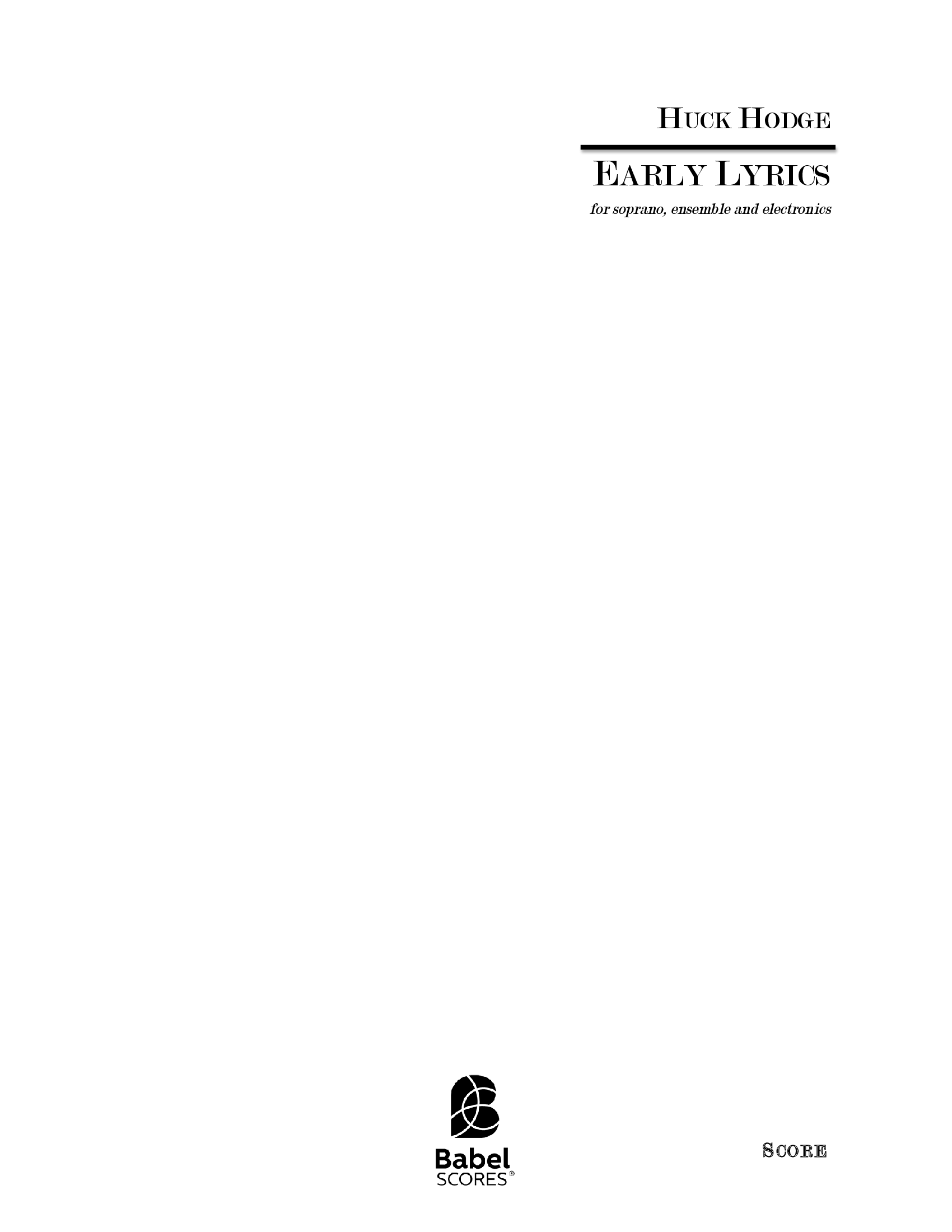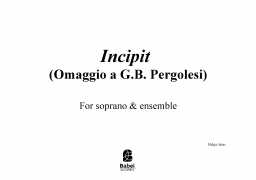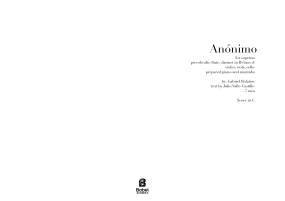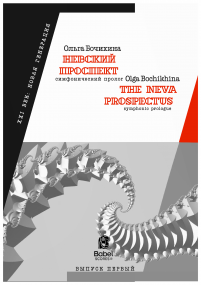Early Lyrics
ISMN : 979-0-2325-3716-0
- Login to create your own lists
Two settings from Flower Snake Poems by So Chong Ju
I. 문둥이
해와 하늘빛이 문둥이는 서러워
보리밭에 달 뜨면
애기 하나 먹고
꽃처럼 붉은 울음을 밤새 울었다
I. a leper
the moon rose over the barley fields
as he ate a child’s flesh
and wept crimson like a flower all night.
II. 片段 (단편)
바람뿐이드라, 밤허고 서리하고
나혼자 뿐이드라.
거러가자, 거러가보자, 좋게 푸른
하눌속에 내피어 익는가.
능금같이 익는가. 능금같이 익어서는
떠러지는가.
오 — 그 아름다운 날은......내일인가.
모레인가. 내명년인가.
II. a fragment
Nothing but the wind. Nothing but the night and frost and myself alone.
Let me walk, walk on. Is my blood ripening in 4 the pure blue sky as apples ripen?
As apples ripen and drop?
When will be that marvellous day. . .
tomorrow? The day after that — or the year after next? !
Poems by So Chong Ju, trans. Br. Anthony of Taizé. ©1996. All texts used with permission.
The early work of Korean poet So Chong Ju, known also by his pen name Midang, made an indelible impression on the Korean reading public with its iconoclastic use of sound and imagery. His self- acknowledged debt to Baudelaire and Nietzsche is recognizable in the brutally sensuous imagery running throughout Flower Snake Poems. But this sensuality is often also viewed in its darker aspect as a product of the prison of mortality. Thus it is during this period that Midang’s poetry developed into a rediscovery of the spiritual world of Shamanism and Buddhism deeply entrenched in the traditional Korean culture.
In the first song, a leper, this sense of imprisonment is translated into a circular pitch space. Gradually, the vocal part moves from a plaintive lament to the ferocious depiction of a demonic monstrosity, but it is all in vain as the song returns inexorably to its starting point.
The second setting, a fragment, depicts the passage from non-being into the world of sense (the wind, the frost, myself alone), then moving further in pursuit of the world of pure spirit (that marvelous day). Musically, this is depicted by a series of ever rising harmonic collections, the passage from noise to pitch and by the interaction between the voice and flute. The flute constantly plays in ornamented heterophony with the voice depicting a sort of heightened spiritual state. By the end the two become merged timbrally, the flutist singing through the instrument, to depict the convergence of the worlds of sense and spirit.
Pages - 30






